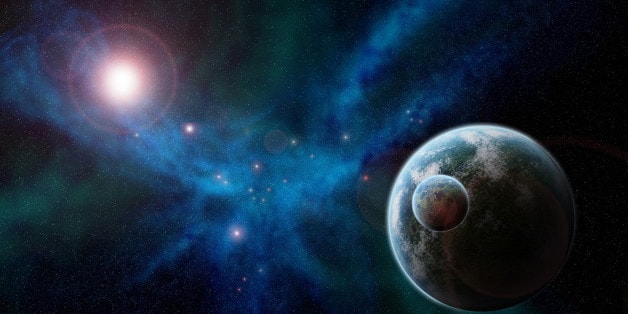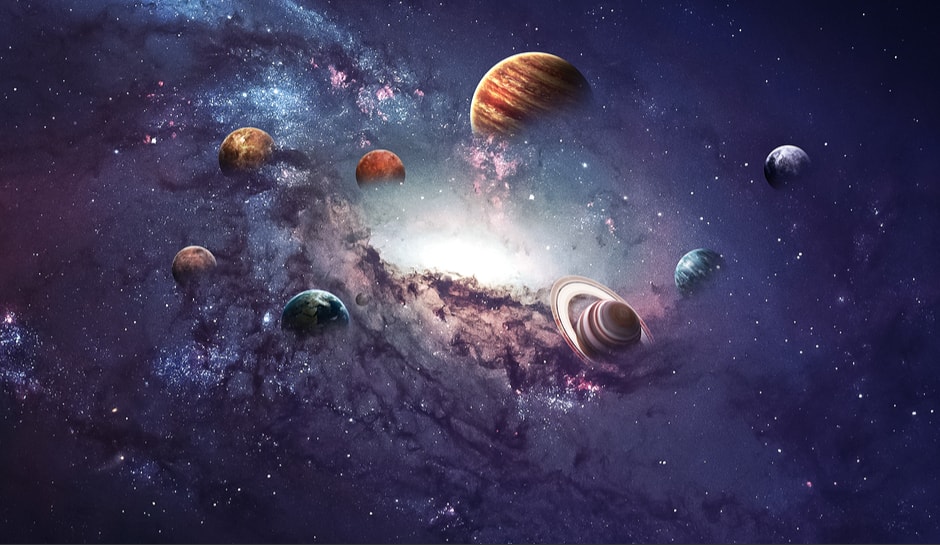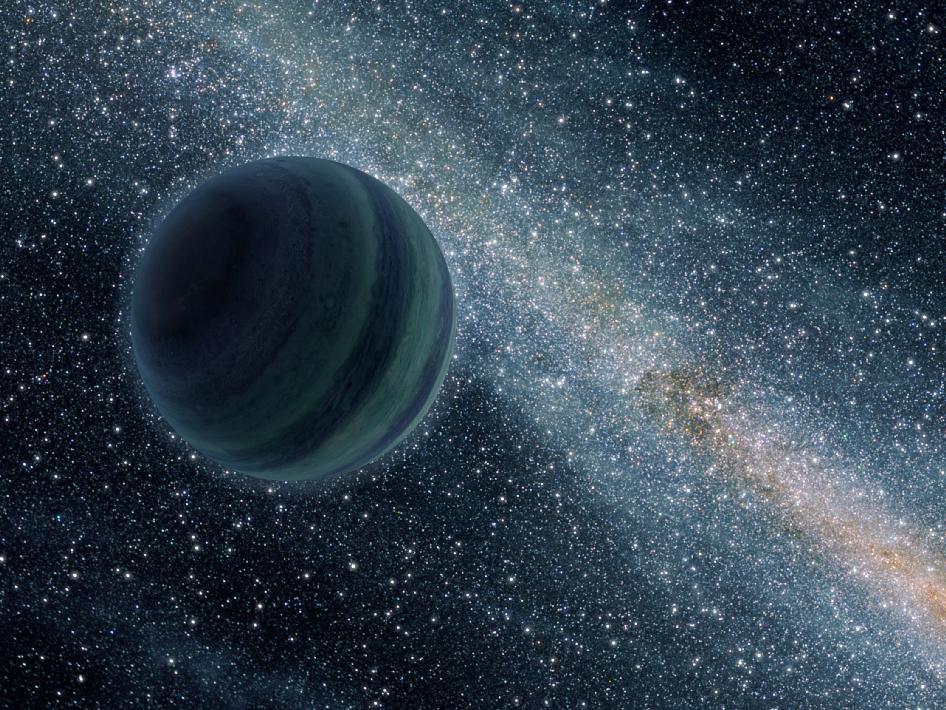For about 60,000 people from all over the world participated on the research!
An intense three-day crowdsourced search for an undiscovered planet in our solar system has produced four possible candidates.
The hunt for Planet Nine was part of a Zooniverse citizen science project, conducted in real-time, with the BBC’s Stargazing Live broadcast. The project was hosted at the Siding Spring Observatory at Australian National University (ANU).

About 60,000 people from all over the world participated in the search, which not only turned up four possible candidates for Planet Nine but also helped classify more than four million other objects.
Participants worked using data from Siding Spring’s SkyMapper telescope.
The job was led by ANU Researcher Brad Tucker, whose team concurred that no matter whether among the 4 possibilities ends up to, as a matter of fact, be the mystical Planet Nine, the clinical worth of the job was absolutely verified.
Various other researchers concur with the ANU group’s view: astronomer Mike Brown of Caltech tweeted his assistance for the task:
In 2016, Brown and his associate Konstantin Batygin found that the orbits of a couple of different things in the Kuiper Belt were being affected by an enormous body.
This was indirect proof that a big, Neptune-sized planet exists in our planetary system much beyond Pluto. Nonetheless, searching for the secret planet presents significant obstacles.

For one, it is probably 1,000 times fainter than Pluto. The task for researchers, then, is to sift through old data and make new observations.
That’s where the crowdsourced project came in:
“With the help of tens of thousands of dedicated volunteers sifting through hundreds of thousands of images taken by SkyMapper,” Tucker said, “we have achieved four years of scientific analysis in under three days.”
“One of those volunteers, Toby Roberts, has made 12,000 classifications.”
The ANU team will continue their search and try to confirm whether or not one of the space objects is, in fact, Planet Nine.
In the meantime, they’re asking people to keep looking through the Backyard Worlds: Planet Nine Zooniverse project.
The entire experience proves what can be achieved when many scientists (and laypeople who love science) come together.
New technologies like deep learning and tools like the James Webb Space Telescope could one day make this kind of research happen quickly and easily, but for now, it’s all hands on deck to make things happen faster.


















